01 Transmission Efficiency: Decreased Output Power
Transmission efficiency is one of the important evaluation indicators of gearboxes. Testing transmission efficiency requires specialized equipment, which may be difficult for customers to obtain specific data. However, a horizontal comparison can be made. Heat generation is the most intuitive way to compare. As we have learned in physics, energy is conserved. If heat dissipation is greater, it means that more power from the motor is used to eliminate friction, resulting in reduced output power. Reduced output power weakens the load capacity, leading to a loss of force, lower acceleration, and slower tempo.
02 Lifespan: Quality Determined by Time
The lifespan of gearboxes primarily depends on the lifespan of bearings. Generally, bearings are the first components to deteriorate, especially in harmonic gearboxes. In the case of RV gearboxes, the planetary structure is also susceptible to damage. Premature wear typically occurs within a few months to a year, depending on operating conditions. Therefore, gearbox manufacturers that are experiencing increased demand due to the growth of robotics should take note.
03 Heat Generation: Precision or Heat?
The precision of gearboxes depends on the degree of gear meshing. A larger gear backlash leads to poorer precision, while using a slight interference fit improves precision but increases heat generation. The heat generation difference is not as significant in RV gearboxes with a cycloidal structure, but in harmonic gearboxes, different brands exhibit varying levels of heat generation. Among them, HD is the only manufacturer that offers both high precision and low heat generation.
04 Precision: An Important Indicator for Evaluating Gearboxes
This includes two types: angular transmission precision, which is indicated in gearbox manuals and affects the absolute positioning accuracy of the robot, and repeat positioning precision, which is not mentioned in gearbox manuals and affects the robot's repeat positioning accuracy. Gearbox manufacturers generally have specialized equipment for measuring angular transmission precision, but customers can also design simple methods for measurement. The same applies to repeat positioning precision.
05 Oil Leakage: How to Distinguish Real from False?
Oil leakage is an issue that must be addressed regardless of the type of gearbox. The causes of oil leakage are complex and involve factors such as the brand of oil seals, assembly of oil seals, shaft processing techniques, and usage methods. Furthermore, oil leakage can be categorized as real or false. False oil leakage refers to a small amount of oil leakage that occurs shortly after operation and then ceases. This is generally caused by internal pressure release, which resolves the issue. On the other hand, real oil leakage can occur at any time, either from the beginning, indicating a product or assembly quality problem, or after prolonged operation, indicating oil seal lifespan issues, excluding improper usage.
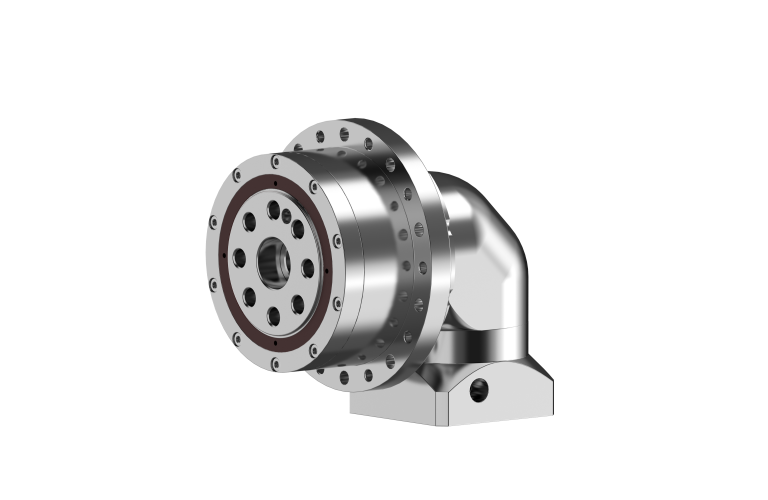
 English
English Deutsch
Deutsch Русский
Русский Español
Español
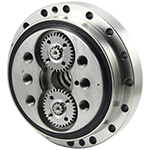
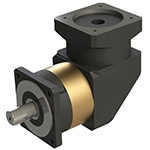
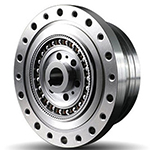
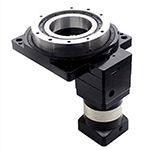
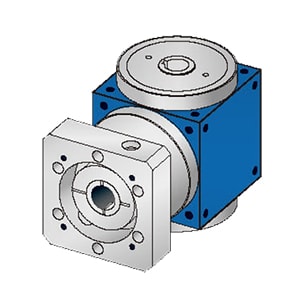
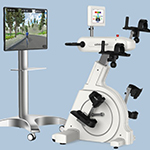

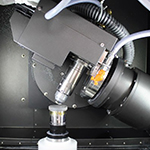
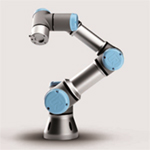
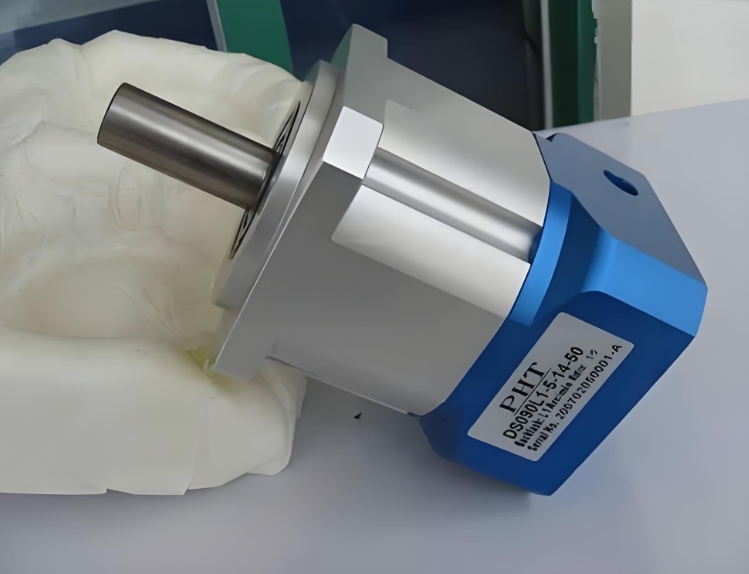
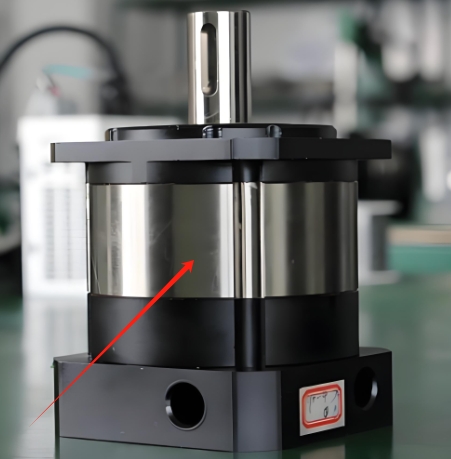

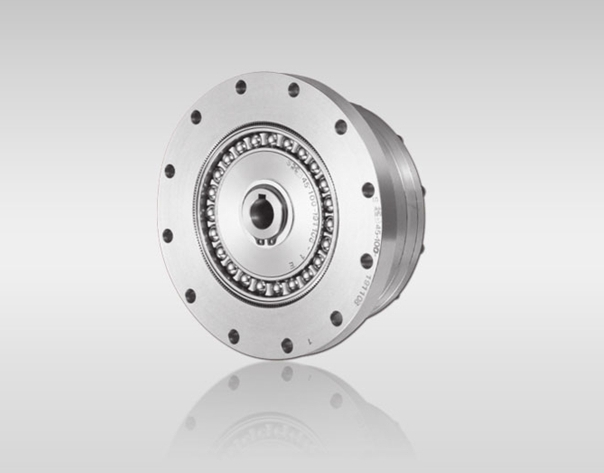
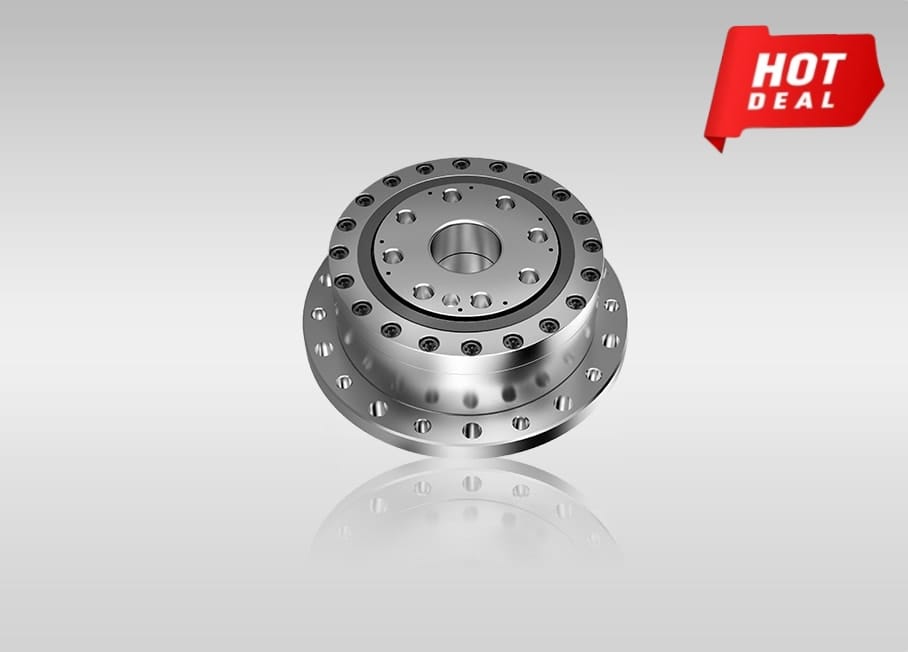
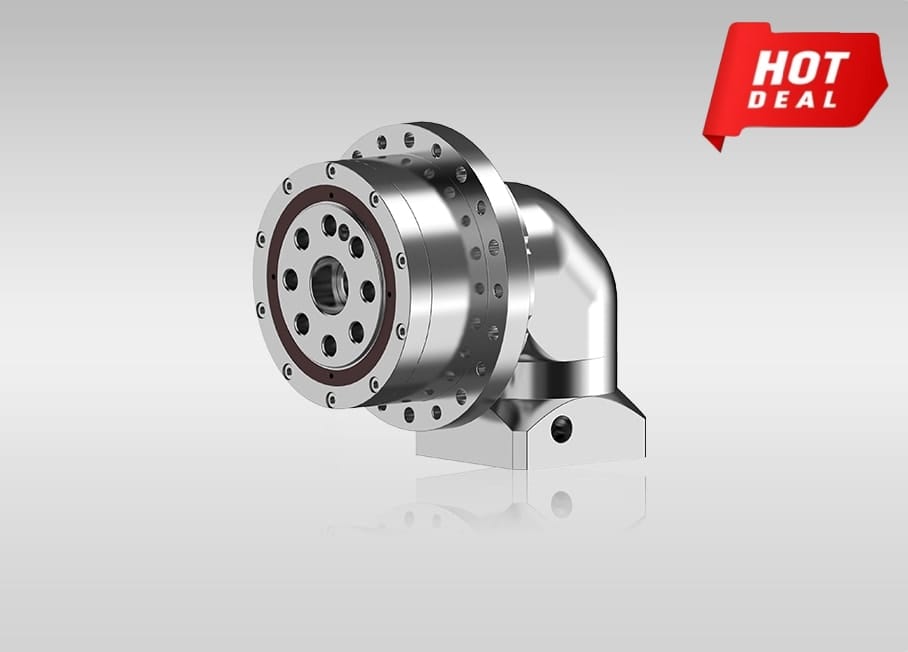
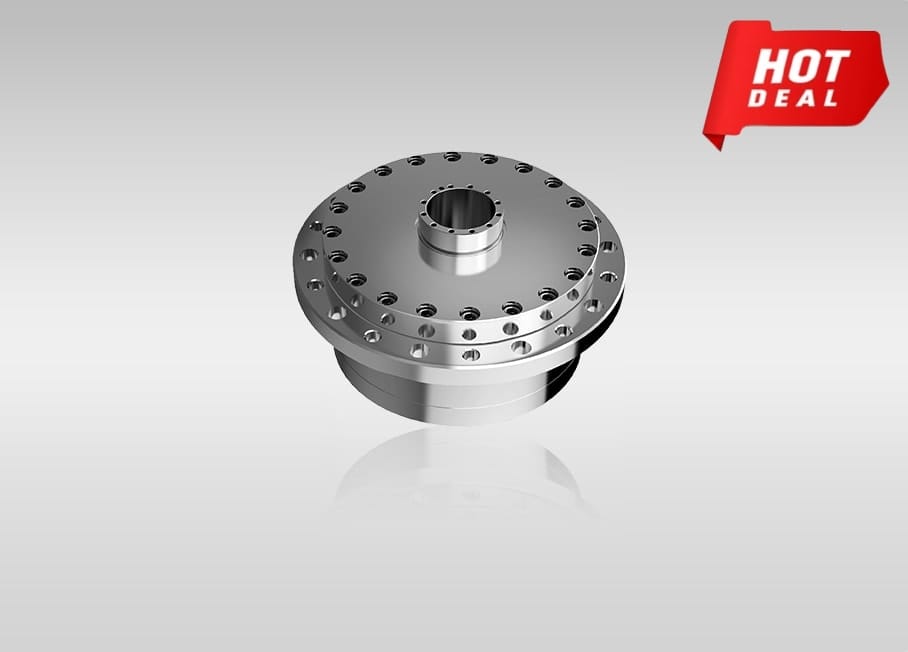
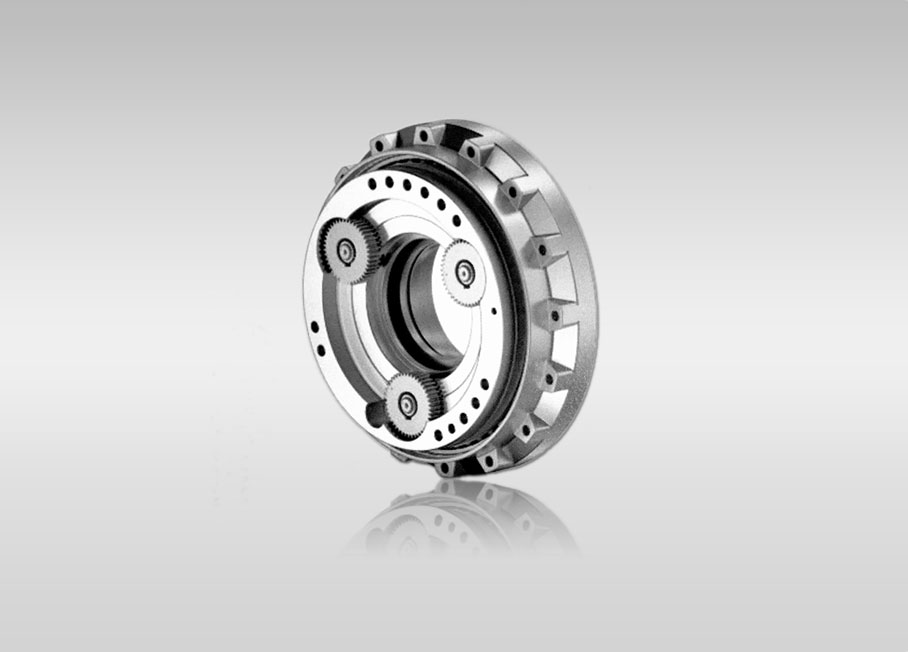
Quote Now